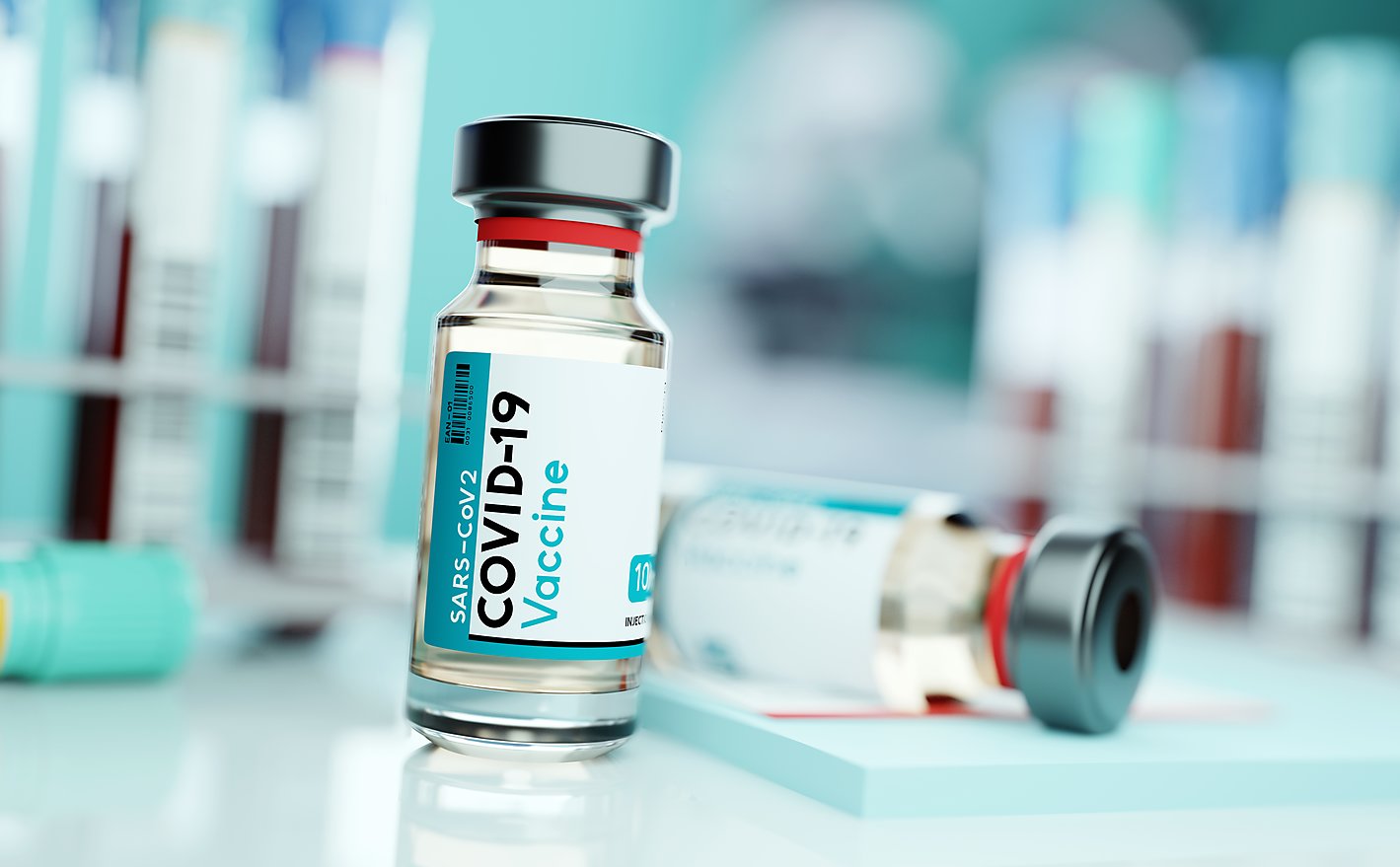The COVID-19 virus will not be eradicated. The only human virus ever to be eradicated was smallpox, and that took 200 years. COVID-19 will become endemic. It likely will continue mutating and developing variants.
But we’ve learned a great deal about the virus since the pandemic began. Unlike smallpox, which had a 30 percent fatality rate; or Ebola, which has a 50 percent fatality rate; or respiratory syncytial virus (RSV), which has up to a 1.7 percent fatality rate in children and over an 11 percent fatality rate in adults, COVID-19 appears to average a 0.3 to 0.4 percent infection fatality rate in Europe and the Americas and a 0.2 percent fatality rate among people not living in institutions. In the United States, 80 percent of fatalities have occurred in people over age 65, and 39 percent of all COVID-19 deaths in 2020 occurred in nursing homes. As of July 29, 2021, 358 U.S. children under age 17 had died from COVID-19 since the start of the pandemic. (For comparison, the average annual fatality rate for RSV in children is 500.) Martin A. Makary, a public health professor, and his team at Johns Hopkins University found that most of the children who died of COVID-19 had preexisting vulnerabilities such as leukemia. This tells us which populations need the most protection.
COVID-19 is not the only endemic problem in public health. For example, obesity is an endemic problem that leads to diabetes and cardiovascular disease. Sexually transmitted diseases and teen pregnancy are endemic. And the epidemics of HIV, hepatitis, and overdoses due to the use of illicit substances are never-ending. Unlike the COVID-19 viral pandemic, which can affect any human in its path, these other conditions usually involve lifestyle choices. But what they all have in common is that we will never be able to eradicate them completely, and efforts to address them get bogged down by politicizing and moralizing. Zero-tolerance approaches to all these problems are not only destined to fail, but they cause more harm than good.


